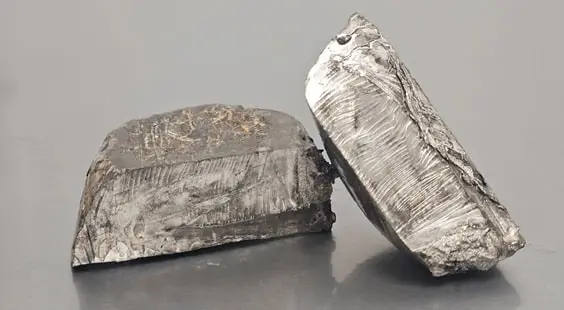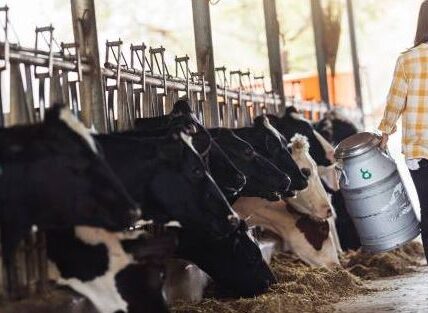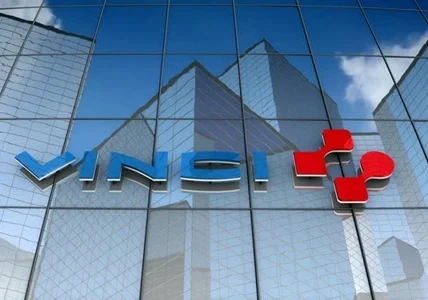Lithium has surfaced as one of the leading elements in powering up our modern world, especially in an era dominated by technological advancements and the clamor for cleaner forms of energy. Lithium-ion technology has become indispensable in any application for electric vehicles or portable electronics since this key component forms the rechargeable battery. Global demand for lithium is exploding, fueling efforts to explore new sources and stirring jostling by countries over potential production. Here are the top 10 lithium-producing countries in the world to highlight the country at the forefront of this pivotal industry.
Countries With Highest Lithium Production
1. Australia: (3.8 million MT)
Australian lithium production tops the globe owing to its large reserves and robust mining techniques. Among the world’s largest lithium mines, Western Australia’s Greenbushes dominates. Sustainable mining and cutting-edge technologies let this mining titan dominate Australia’s lithium industry. Australia has around 3.8 million MT of JORC-compliant lithium deposits. Australia has good lithium market position albeit trailing Chile in reserve volume. Australia exports lithium, principally spodumene, to China. Australia’s lithium output has expanded owing to sustainable techniques, technological breakthroughs, and enormous lithium resources. The nation is a lithium industry leader as it meets rising worldwide demand.
2. Chile: (39,000 MT)
South American lithium powerhouse Chile has massive lithium reserves in the Salar de Atacama. Chile’s lithium market leadership is shown by its largest lithium extraction operations. Chile’s lithium production is a worldwide supplier due to favorable geological conditions and aggressive lithium mining. Chile was the top lithium producer in 2023, producing 39,000 MT from 28,300 MT in 2021. Chile’s lithium originates from brine, unlike Australia’s hard-rock. Chile increased worldwide lithium output and restructured sector management. Even with lithium sector adjustments, the nation’s global relevance will persist as it navigates the challenging lithium mining environment.
- Also Read: Top 10 Largest Producer of Mica in the World
3. China: (19,000 MT)
China produces a lot of lithium owing to its rapid industrialization and technological growth. To fuel its electric vehicle sector, China has substantially invested in lithium mining and processing. This concentration on solid mineral supply chains has driven China to the top in lithium production, demonstrating its global supremacy. China became the third-largest lithium producer in 2022, surpassing Argentina. The Asian giant’s lithium supply climbed from 14,000 to 19,000 MT last year. China is the world’s largest lithium consumer despite its low supply. Strong electronics production and EV growth fuel China’s lithium addiction. Most lithium-processing facilities and three-quarters of lithium-ion batteries are made in China. China’s downstream supremacy makes it a global lithium player.
4. Argentina: (6,200 MT)
Argentina is becoming a global lithium producer owing to increased output. Mining investors are drawn to the nation’s high-altitude salars like the Salar del Hombre Muerto. The global transition to sustainable energy requires Argentina’s lithium output growth, as this jump indicates. Argentina’s lithium production rose in 2023, strengthening its worldwide status. Production increased 230 MT to 6,200 MT from the previous year. Since lithium is crucial to renewable energy, Argentina’s production increase indicates its commitment to meeting global demand. Argentine lithium mining is growing. Two brine projects are operational, 13 are under development, and more are planned. This robust activity reflects Argentina’s commitment to improving its lithium supply chain role in shaping global sustainable energy.
5. United States: (5000MT)n
Due to increasing demand for electric automobiles and renewable energy storage, US lithium production has surged. Nevada’s lithium-rich Clayton Valley reserves have become mining hubs, displaying wise resource utilization. U.S. attempts to maintain a local supply chain for critical minerals, like lithium, impact the global lithium market. Despite suppressing output estimates to safeguard business data, the US ranks last in lithium production. Only two enterprises produced lithium in the country last year, according to limited disclosure. The U.S. is committed to lithium production with many large lithium projects. Lithium Americas’ Thacker Pass lithium claystone project, Piedmont Lithium’s hard-rock lithium project, and Standard Lithium’s Arkansas Smackover lithium brine project are developing the lithium supply chain. These actions show the US’s dedication to lithium and the global transition to renewable energy.
6. Brazil: (2,200 MT)
Brazil’s massive lithium reserves and sustainable mining have made it a lithium production powerhouse. Brazil is a major lithium supplier because to its Minas Gerais and Ceará lithium resources, which have garnered international interest and investment. Brazil’s aggressive approach, huge investments, and global relationships demonstrate its commitment to influence the lithium market as it increases lithium output.
7. Zimbabwe: (800 MT)
Zimbabwe is a significant African lithium producer due to rising production. Zimbabwe’s lithium sector, based on the world’s oldest Bikita mine, is growing. Zimbabwe’s lithium reserves will meet global demand. In 2023, Zimbabwe produced 800 MT of lithium, up 90 MT from the year before. USGS lithium reserves are impressive at 220,000 MT. This substantial investment will increase production and make lithium spodumene, a key lithium supply chain component, simpler to extract and process. Targeted acquisitions and investments will transform Zimbabwe’s lithium business. The nation’s enormous resources and strong relationships position it to contribute to the global lithium market, satisfying the growing need for this resource in renewable energy and advanced technologies.
8. Portugal: (900 MT)
EU lithium producer Portugal uses its lithium-rich deposits to meet expanding demand. The EU’s green and resilient economic ambition reflects the country’s proactive sustainable mining. Portugal’s lithium business will assist Europe satisfy renewable energy technology lithium demands. Portuguese lithium production fell one-third to 600 MT in 2023 from 900 MT in 2021. Portugal’s lithium reserves remain impressive at 60,000 MT despite this minor decline. Its long-term significance to the European lithium supply chain is underlined.
9. Canada: (500 MT)
Canada produces lithium in North America due to its natural resources. Mining targets Quebec and Manitoba’s lithium. Canada is a reliable North American lithium supply due to its ethical and environmental mining practices. Canada produced 500 MT lithium in 2023. Despite ninth-place production, the nation possesses the fifth-largest lithium deposits at 930,000 MT. Canada can boost the North American lithium supply chain. Canada imports lithium because much of its lithium richness is undeveloped, despite its hard-rock spodumene resources and lithium brine potential. As Canada invests in lithium, these initiatives are essential to developing a self-sufficient and strong lithium supply chain in North America. Canada’s strategic goal of sustainable resource development impacts lithium production beyond its current output.
10. Africa: (30 MT)
African lithium is a growing industry because to its rich geology. Mineral-rich African nations like Zimbabwe, Namibia, and the Democratic Republic of the Congo dominate the worldwide lithium market. Africa’s lithium supply chain will develop as exploration and mining increase. As exploration and mining expand, so will Africa’s lithium supply chain. Europe’s lithium reserves may supply expanding global demand for this crucial mineral. Africa is a major lithium market player because to its salt flats and mineral-rich locations. As renewable energy and technology drive enormous lithium demand, Africa will provide most of it. Africa’s lithium market expansion and capacity to change the global supply chain demonstrate its leadership in the expanding lithium industry.
Conclusion
The global race for lithium supremacy is reshaping the geopolitical landscape as nations across the world seek ways to grow their positions on the element that has infused new life into long-life batteries. Of course, leading the pack would be Australia, Chile and China, but even new emerging players like Argentina, Brazil and Zimbabwe are making substantial additions towards the lithium market. As the world translates to a cleaner and sustainable future, the roles taken by this leading lithium producing countries will play an evolving role that will shape the dynamics of the global energy landscape.

Brandon is the cheif editor and writer at WorldUnfolds.com. With a passion for storytelling and a keen editorial eye, he crafts engaging content that captivates and enlightens readers worldwide.















